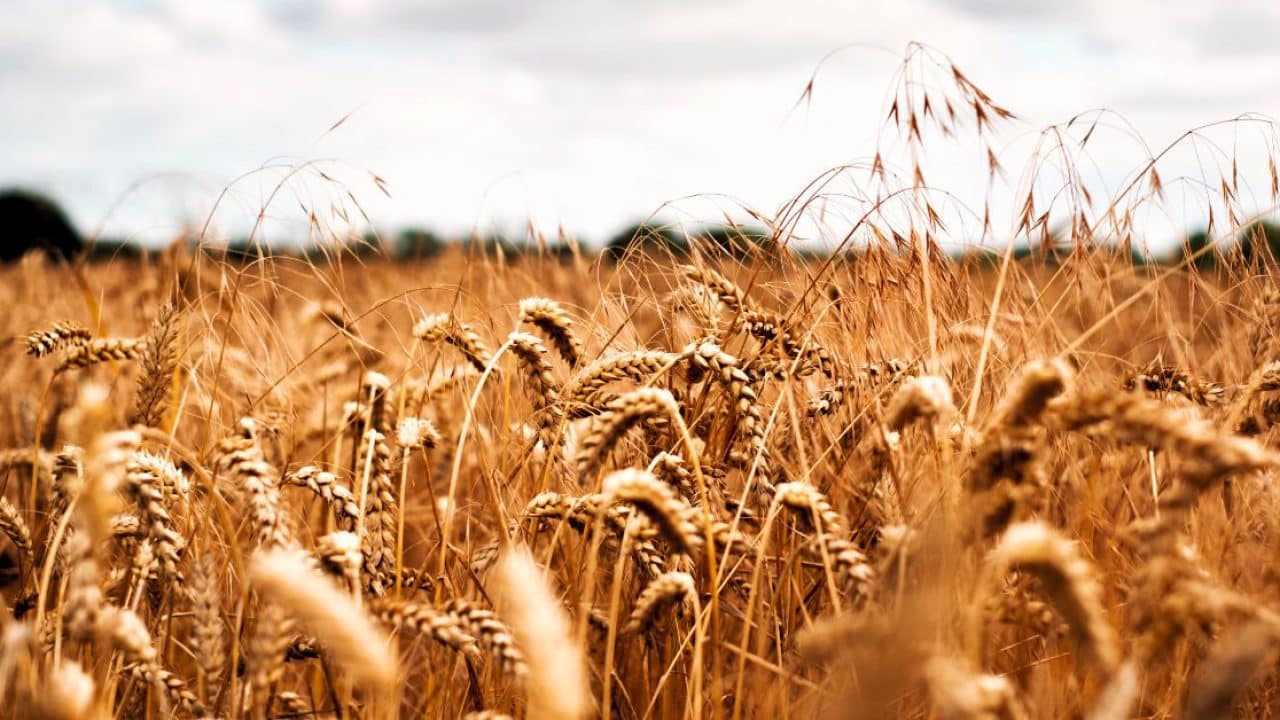Pakistan has fallen short of its wheat production target for the Rabi Season 2024-25, raising concerns about potential food shortages and the possibility of urgent imports to meet domestic demand. According to official estimates presented at a recent meeting of the Federal Committee on Agriculture (FCA), the country is expected to produce 28.42 million tons of wheat, significantly lower than the target of 33.58 million tons set last year.
The wheat crop was cultivated on 9.1 million hectares, falling short of the planned 10.37 million hectares. This marks a 10% drop in wheat output compared to the previous year, a decline attributed to unfavorable weather, water shortages, and reduced acreage.
The FCA meeting, chaired by Federal Minister for National Food Security and Research Rana Tanveer Hussain, reviewed the performance of Rabi crops and set new targets for the upcoming Kharif season. Senior representatives from provincial agriculture departments, the Pakistan Meteorological Department (PMD), and key national institutions participated in the session.
Severe drought and weather extremes have added to the challenge. The PMD reported a 39% rainfall deficit from January to April 2025, with 60% below-average precipitation in April alone, especially across Sindh and Balochistan. These dry conditions, combined with above-normal temperatures, significantly impacted crop performance.
While wheat production struggled, some other crops showed a positive trend.
- Onion production is expected to rise by 15.7%, reaching 2.7 million tons, despite a 17.3% drop in cultivation area.
- Tomato production is estimated at 654,000 tons, an 8.8% increase, with a modest rise in planted area.
- Potato yields also grew by 8.8%, reaching the same estimate of 654,000 tons.
Looking ahead, the FCA set ambitious production targets for the 2025-26 Kharif season:
- Cotton: 10.18 million bales on 2.2 million hectares
- Rice: 9.17 million tons on over 3 million hectares
- Sugarcane: 80.3 million tons on 1.1 million hectares
- Maize: 9.7 million tons from 1.5 million hectares
Targets for other crops such as mung beans, maash, and chillies were also finalized.
Despite Pakistan’s agricultural potential, erratic weather patterns and resource management challenges continue to pose threats to food security. Experts warn that unless immediate measures are taken — including improving irrigation systems, investing in climate-resilient seeds, and providing timely farmer support — production shortfalls may become the norm rather than the exception.
With wheat being the staple diet for most of the country, the shortfall could force the government to resort to wheat imports to prevent a food crisis. The coming months will be critical in shaping how Pakistan manages both internal supply and external dependencies.
The FCA’s review highlights the urgency of aligning agricultural planning with climate realities, ensuring that targets are not only set, but supported with the right infrastructure and policy action.















